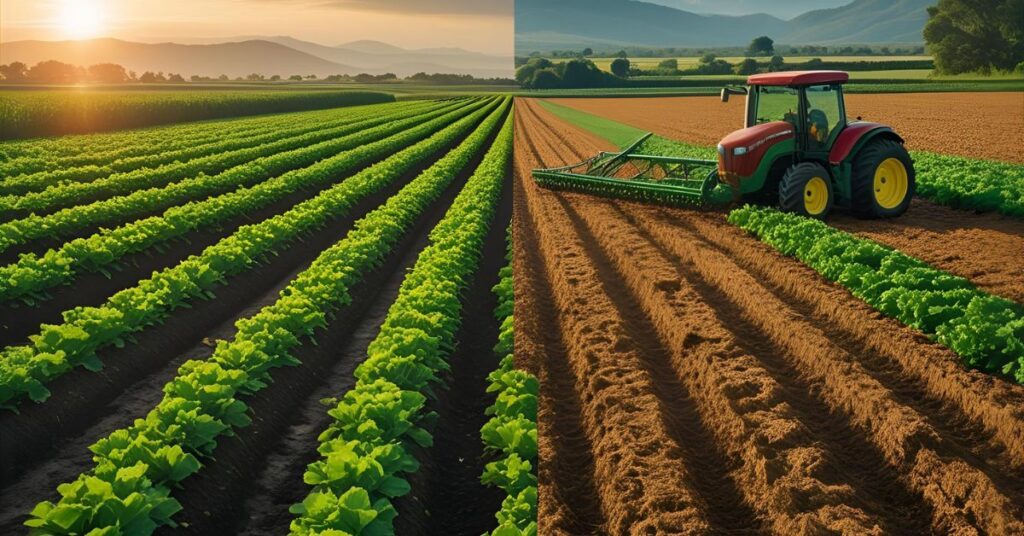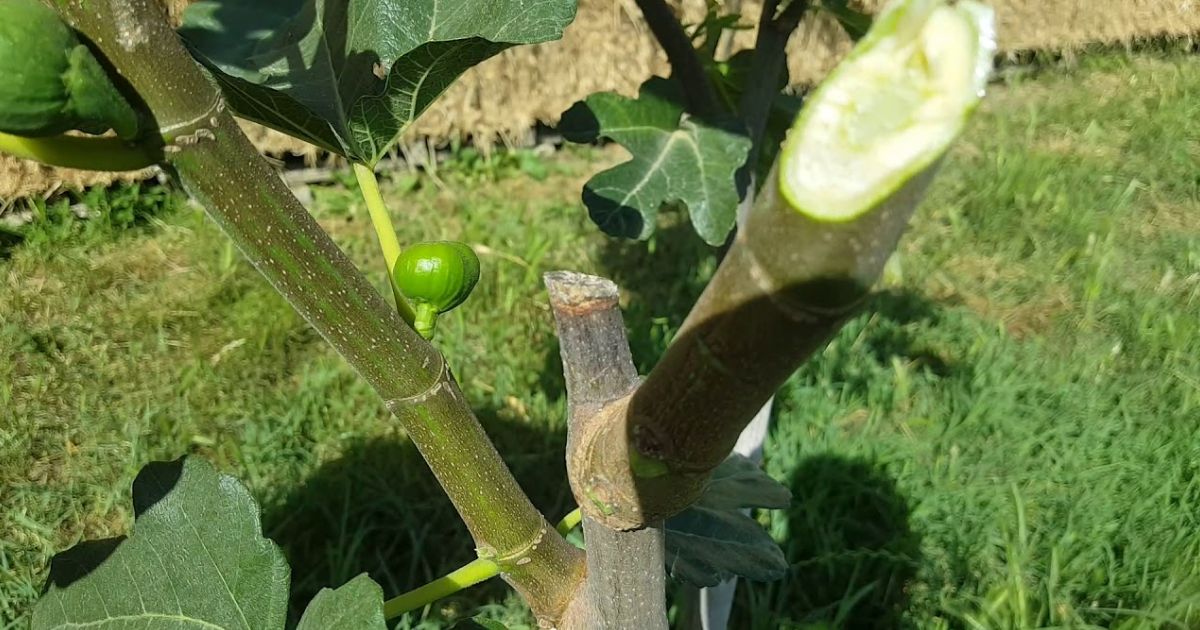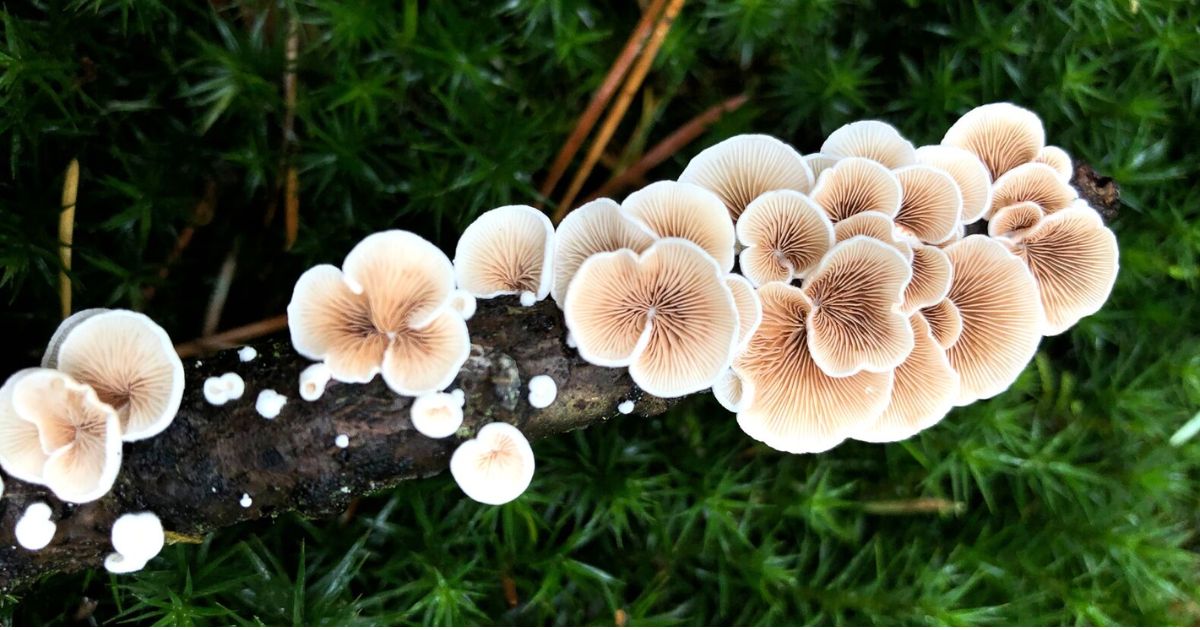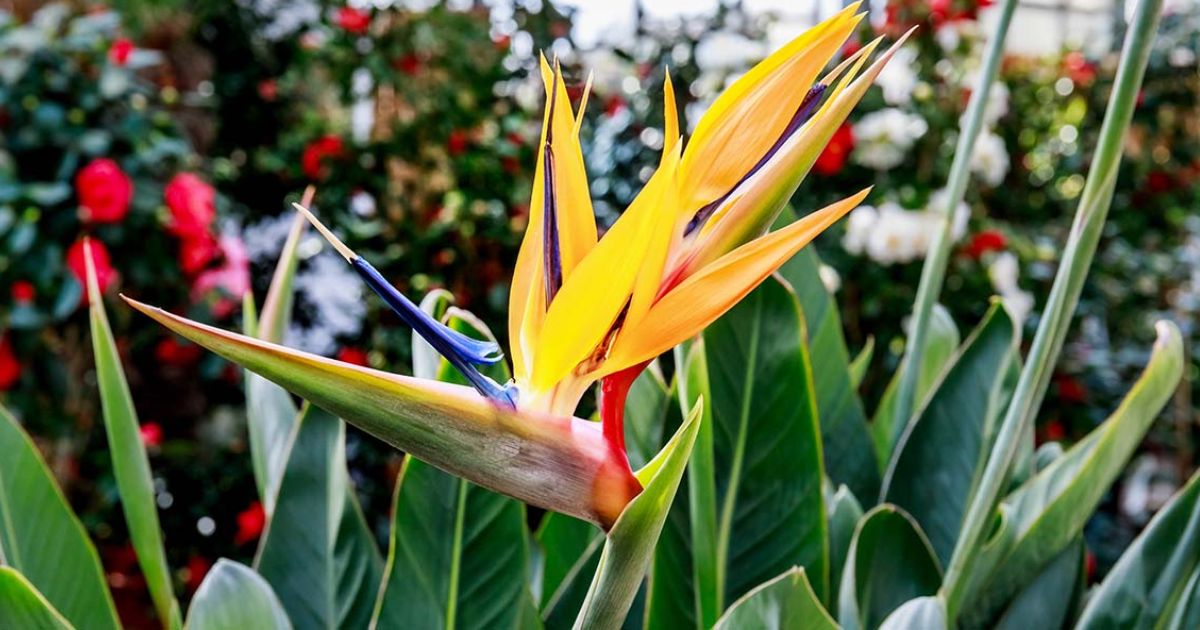In the world of farming, not all agricultural practices are created equal. Two of the most widely discussed methods are intensive agriculture and extensive agriculture, each with its approach to land use, resource management, and crop or livestock output. Whether you’re a student, an aspiring farmer, or simply curious about how our food is grown, understanding the key differences between these two farming systems is essential.
This guide, “Intensive vs Extensive Agriculture: Key Differences Explained for Beginners,” breaks down the fundamental concepts in simple terms. We’ll explore how each method works, compare their pros and cons, and help you grasp why choosing the right system depends on everything from geography to sustainability goals. Let’s dive into the core of modern agriculture—one field at a time.
What Is Intensive Agriculture?
Intensive agriculture is a type of farming that focuses on producing the maximum possible output from a relatively small area of land. In simple terms, it means using a lot of resources—like labor, chemicals, water, and machinery—to grow more crops or raise more animals in a limited space.
The key features of intensive agriculture include high input, small land area, and high yield. Farmers apply large amounts of fertilizers and pesticides to boost plant growth, use advanced irrigation systems to ensure consistent watering, and rely heavily on mechanization—tractors, harvesters, and automated tools—to speed up and scale the process. This method is prevalent in places where land is limited but food demand is high.
Standard practices in intensive agriculture include:
- Regular application of chemical fertilizers and pesticides
- Use of high-yield crop varieties and hybrid seeds
- Irrigation systems to maintain the water supply
- Heavy machinery for planting, harvesting, and processing
- Year-round farming under controlled conditions (in some cases)
Examples of intensive agriculture include:
- Greenhouse farming, where crops like tomatoes or lettuce are grown in climate-controlled environments
- Poultry farms, where large numbers of chickens are raised in confined spaces for meat or eggs
- Commercial vegetable farms, which use dense planting and machinery to harvest crops efficiently
Overall, intensive farming examplesof agriculture are designed to maximize productivity, especially in areas where land and resources must be used efficiently to meet food production needs.
What Is Extensive Agriculture?

Extensive agriculture is a farming method that relies on using large areas of land with relatively minimal input to produce food. In simple terms, it means growing crops or raising animals over a vast space without using a lot of labor, chemicals, or machinery. The focus is more on land size than on maximizing output per acre.
The key features of extensive agriculture include low input, large land area, and lower yield per hectare. Because the land is often spread out and not heavily managed, the productivity per unit of land is lower compared to intensive farming. However, it tends to be less resource-intensive and can have a gentler impact on the environment.
Standard practices in extensive agriculture include:
- Grazing livestock on open pastures
- Crop rotation to naturally maintain soil health
- Minimal use of fertilizers or pesticides
- Limited use of machinery, often due to the large scale of the land
Examples of extensive agriculture include:
- Cattle ranching, where cows graze freely across vast areas of land
- Traditional grain farming, such as growing wheat or barley over vast fields with low input and less frequent harvesting
Extensive agriculture is often practiced in areas where land is abundant but labor or capital is limited. While it may not produce as much food per acre as intensive methods, it can be more sustainable and cost-effective for specific regions and farming goals.
If you’ve ever asked why do bananas split, we have answers along with tips to keep your bananas fresh longer. Check out our info page here.
Key Differences Between Intensive and Extensive Agriculture
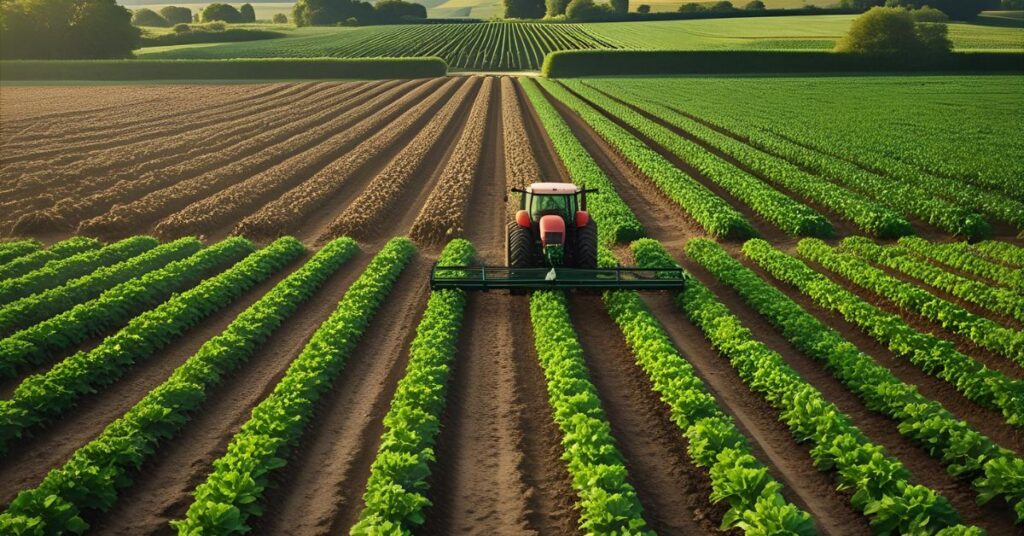
To truly understand the contrast between intensive and extensive agriculture, it’s helpful to look at how they differ in terms of land use, inputs, productivity, and environmental effects. Below is a comparison table that breaks down these core differences:
| Criteria | Intensive Agriculture | Extensive Agriculture |
|---|---|---|
| Land Area | Small | Large |
| Inputs (labor, capital) | High | Low |
| Yield per Hectare | High | Low |
| Environmental Impact | Often high | Usually lower |
| Mechanization | High | Moderate or low |
| Examples | Dairy farms, greenhouse farming | Cattle grazing, large-scale grain farming |
Key Distinctions at a Glance:
- Land Usage: Intensive farming uses limited land but extracts more from it, while extensive farming spreads operations across large areas with lower productivity per acre.
- Resource Inputs: Intensive agriculture depends on high levels of labor, capital, fertilizers, and machinery, whereas extensive farming requires fewer resources.
- Yield Output: Intensive systems aim for maximum yield per hectare, ideal for high-demand markets. Extensive farming yields less per unit of land but may be more sustainable over time.
- Environmental Impact: Intensive methods can lead to soil depletion, pollution, and biodiversity loss due to the overuse of chemicals and machinery. Extensive methods tend to be less disruptive to natural ecosystems.
- Technological Dependence: Intensive farms are heavily mechanized, while extensive farms may rely on simpler tools and more traditional techniques.
- Practical Applications: Use intensive farming in urban or land-limited regions, and extensive farming in rural or land-abundant areas.
Understanding these differences helps farmers, policymakers, and consumers make better choices about how food is grown and how farming practices affect our planet.
Advantages and Disadvantages
When comparing intensive and extensive agriculture, it’s essential to consider the strengths and drawbacks of each method. While both aim to produce food and sustain livelihoods, they differ significantly in how they impact the environment, economy, and land use.
Intensive Agriculture
✅ Pros:
- High Yield: Produces a large amount of food from a small area, making it ideal for feeding growing populations.
- Efficient Use of Land: Maximizes output where land is scarce or expensive, such as in urban or densely populated regions.
❌ Cons:
- Environmental Degradation: Overuse of chemical fertilizers, pesticides, and machinery can harm soil health, water sources, and biodiversity.
- High Costs: Requires significant investment in equipment, chemicals, labor, and technology, which can be a barrier for small-scale farmers.
Extensive Agriculture
✅ Pros:
- More Eco-Friendly: Generally causes less environmental damage, as it uses fewer chemicals and relies on natural processes like crop rotation and grazing.
- Less Resource-Intensive: Requires lower input of labor, capital, and technology, making it more accessible in certain rural or developing areas.
❌ Cons:
- Lower Productivity: Produces less food per hectare, which may not be sufficient to meet large-scale demand.
- More Land Needed: Requires vast areas of land, which may lead to deforestation or land use conflicts if not managed properly.
Intensive agriculture is best suited for maximizing productivity in limited spaces, while extensive agriculture offers a more sustainable approach when land is abundant. The choice between the two depends on economic goals, environmental considerations, and local conditions.
Sustainability and Environmental Impact
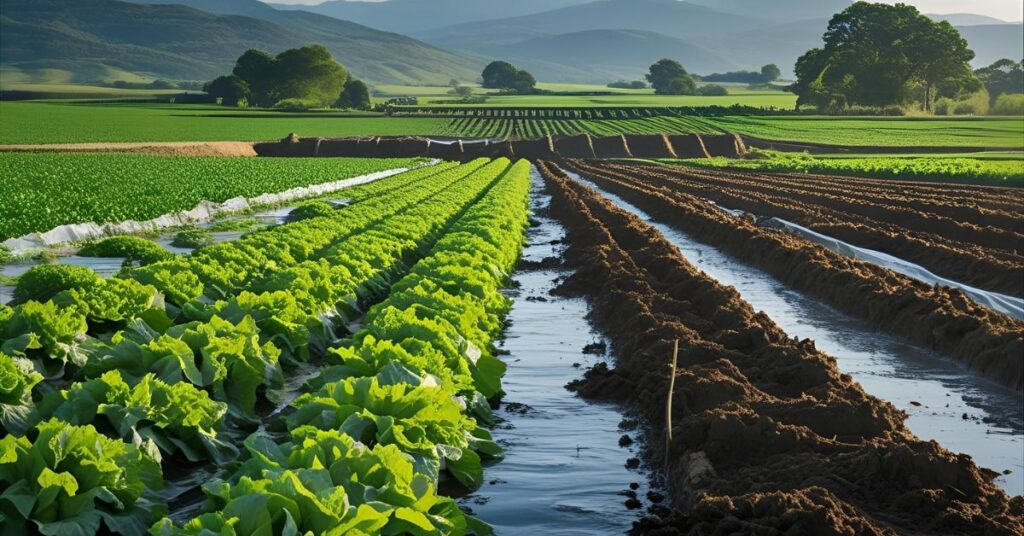
When evaluating intensive vs extensive farming agriculture, sustainability is a crucial factor. Both farming methods impact the environment in different ways, especially when it comes to soil health, water usage, and biodiversity.
Impact on Soil, Biodiversity, and Water
- Intensive Agriculture: Intensive farming often leads to soil degradation due to repeated planting, heavy machinery, and overuse of chemical fertilizers. The loss of nutrients and soil structure can reduce long-term productivity. It also tends to decrease biodiversity, as monocropping and pesticide use can harm beneficial insects, birds, and microorganisms. Additionally, intensive farming places heavy pressure on water resources, particularly through irrigation and runoff pollution.
- Extensive Agriculture: Extensive farming usually has a lower environmental footprint per hectare. Rotating crops and using fewer chemicals help maintain soil health and reduce the risk of long-term damage. Because it often relies on natural rainfall and grazing, it typically uses less water. Biodiversity tends to be better preserved in these systems, especially in low-intensity grazing or mixed cropping practices.
Which Is More Sustainable in the Long Term?
In general, extensive vs intensive agriculture is considered more sustainable in the long term due to its lighter environmental impact. It works in harmony with natural ecosystems and is less dependent on synthetic inputs. However, its lower yields mean more land is needed, which can create sustainability challenges if land expansion leads to habitat loss or deforestation.
Meanwhile, intensive agriculture, extensive agriculture examples though productive, faces sustainability concerns unless paired with eco-friendly practices like precision farming, organic inputs, and soil regeneration techniques. Innovations like vertical farming and hydroponics aim to make intensive methods more sustainable.
Role of Climate and Region in Choosing Farming Methods
- Climate: In dry climates, extensive agriculture may be more feasible, pertanian ekstensif especially for livestock ranching intensive or extensive grazing or dryland cropping. In contrast, intensive agriculture thrives in regions with reliable irrigation and favorable growing conditions.
- Region and Land Availability: Regions with limited land but high population density (e.g., urban and peri-urban areas) often favor intensive methods to maximize food production. In contrast, rural areas with abundant land may support extensive farming more effectively.
Ultimately, the choice between intensive and extensive agriculture should consider not only productivity but also the long-term impact on the environment and community well-being. Sustainable agriculture blends elements of both systems to balance food security with ecological health.
Which Method Is Better for Your Goals?

Choosing between intensive and extensive agriculture depends mainly on your personal or business goals, available resources, and the region where you plan to farm. Each method has distinct advantages depending on what you’re trying to achieve.
For Commercial Farmers: Why Intensive Might Work
If your goal is to maximize profit and productivity, especially in areas with limited land, intensive agriculture is often the better choice. Commercial farmers benefit from:
- High yields per hectare, allowing for greater market supply
- Efficient land use, which is ideal in high-demand urban or peri-urban areas
- Scalability, supported by advanced technology and mechanization
With the right investment in equipment, labor, and infrastructure, intensive farming can offer strong economic returns, especially when aiming to meet the demands of large-scale food distribution.
For Eco-Conscious or Small-Scale Farmers: Why Extensive Might Be Ideal
If your priority is environmental sustainability, natural soil health, or low-cost farming, then extensive agriculture is likely a better fit. This approach is well-suited for:
- Preserving biodiversity and promoting long-term ecological balance
- Reducing input costs, as it typically requires fewer chemicals and less labor
- Aligning with organic and regenerative farming values
Small-scale farmers who have access to more land and want to maintain a low-impact, environmentally friendly approach may find is livestock ranching intensive or extensive more rewarding and manageable.
It All Depends on Goals, Resources, and Region
There’s no one-size-fits-all answer. The best method depends on:
- Your goals: Profit-driven vs. sustainability-focused
- Available resources: Land, capital, labor, and technology
- Local conditions: Soil type, climate, water access, and market demand
Many successful farmers adopt a hybrid approach, combining the productivity of intensive practices with the sustainability of extensive methods. Understanding your needs and environment will help you choose the most effective strategy for long-term success.
If you want to understand the subtle differences between citrus fruits, check out our detailed comparison of clementine vs mandarin to learn which one suits your taste best.
Conclusion:
When comparing intensive vs extensive agriculture, it’s clear that each method offers unique strengths and faces specific challenges. Intensive agriculture is characterized by high input, high yield, and efficient land use, making it ideal for commercial production in land-limited areas. On the other hand, extensive agriculture relies on larger land areas, lower inputs, and a more natural approach, often leading to greater environmental sustainability.
However, there is no one-size-fits-all solution. The best farming method depends on your goals, available resources, environmental conditions, and long-term vision. Some farmers prioritize maximum productivity, while others focus on ecological balance and low-impact practices.
Ultimately, the future of agriculture lies in finding a healthy balance—leveraging technology and innovation from intensive farming while embracing the ecological mindfulness of extensive systems. By making informed, sustainable decisions, we can ensure that agriculture remains productive, resilient, and environmentally responsible for generations to come.
FAQs:
Q1. What is the main difference between intensive and extensive agriculture?
A: Intensive agriculture uses high inputs like labor, fertilizers, and machinery on small land areas to achieve high yields, while extensive agriculture uses low inputs over large land areas, resulting in lower yields per hectare.
Q2. Which type of agriculture is more environmentally friendly?
A: Extensive agriculture is generally more environmentally friendly due to its lower use of chemicals and machinery, causing less soil degradation and preserving biodiversity better than intensive farming.
Q3. Can intensive and extensive agriculture methods be combined?
A: Yes, many modern farms use a combination of both methods to balance productivity with sustainability based on their resources and goals.
Q4. Is intensive agriculture more expensive than extensive agriculture?
A: Typically, yes. Intensive agriculture requires more investment in fertilizers, equipment, and labor, which can make it costlier compared to the lower input costs of extensive farming.
Q5. Which method is better for small-scale farmers?
A: Extensive agriculture often suits small-scale farmers better, especially if they have access to ample land and prefer low-input, eco-friendly farming practices.

